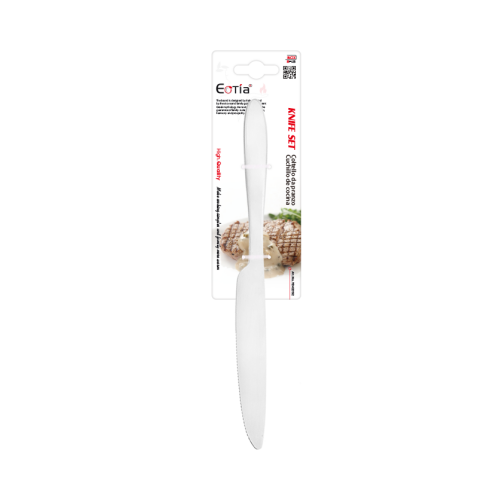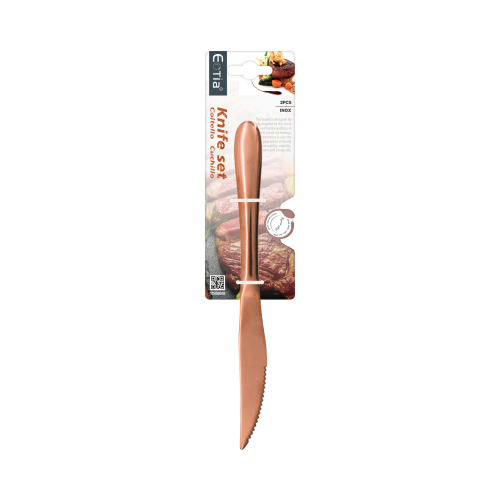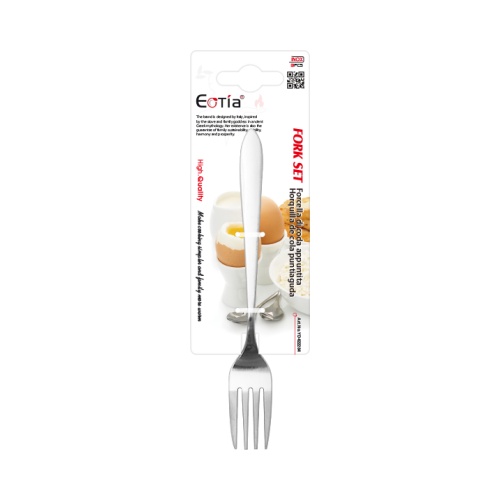The fork, a seemingly simple utensil, has a rich history and plays a crucial role in our daily dining experiences. While it may not be the first tool that comes to mind when we think of cutlery, the fork has evolved over centuries to become an essential part of our meals.
A Brief History of the Fork
The fork’s origins can be traced back to ancient civilizations. Early forks were used primarily for cooking and serving food rather than for eating. The ancient Greeks and Romans used large forks to hold meat while carving, but the idea of using a fork for personal dining didn’t gain traction until much later.
It wasn’t until the Middle Ages that the fork began to appear on dining tables in the Byzantine Empire. From there, it slowly spread to Europe, where it was initially met with resistance. Many considered the fork to be an unnecessary luxury, and some even viewed it as sacrilegious, believing that hands were the only utensils God intended for eating.
By the 16th and 17th centuries, however, the fork had gained acceptance among the European elite. Its popularity grew as dining etiquette evolved, and by the 18th century, the fork had become a standard part of table settings across Europe and eventually the world.
Today, the fork is an indispensable tool in our culinary lives. It comes in various shapes and sizes, each designed for specific purposes. From the dinner fork to the salad fork, and even specialized forks for desserts and seafood, this utensil has become highly specialized.
The fork’s design has also evolved to enhance functionality. Tines, the prongs of the fork, vary in number and length depending on the fork’s intended use. For example, a dessert fork typically has shorter tines, while a carving fork has longer, sturdier tines to hold meat in place.
The fork is more than just a tool for eating; it carries cultural significance. In many cultures, the way one uses a fork reflects their manners and upbringing. For instance, in Western dining etiquette, the fork is held in the left hand while cutting food and then switched to the right hand for eating. In contrast, some European cultures prefer to keep the fork in the left hand throughout the meal.
As we move into an era of sustainability and innovation, the fork is also undergoing changes. Reusable and biodegradable forks are becoming more popular as people seek eco-friendly alternatives to disposable plastic utensils. Additionally, advancements in materials and design are leading to more ergonomic and aesthetically pleasing forks.
The fork, though often overlooked, is a fascinating utensil with a rich history and a bright future. From its humble beginnings as a cooking tool to its current status as a dining essential, the fork has come a long way. As we continue to innovate and adapt, the fork will undoubtedly remain a central part of our culinary experiences.
So, the next time you sit down for a meal, take a moment to appreciate the humble fork and the journey it has taken to reach your table.



